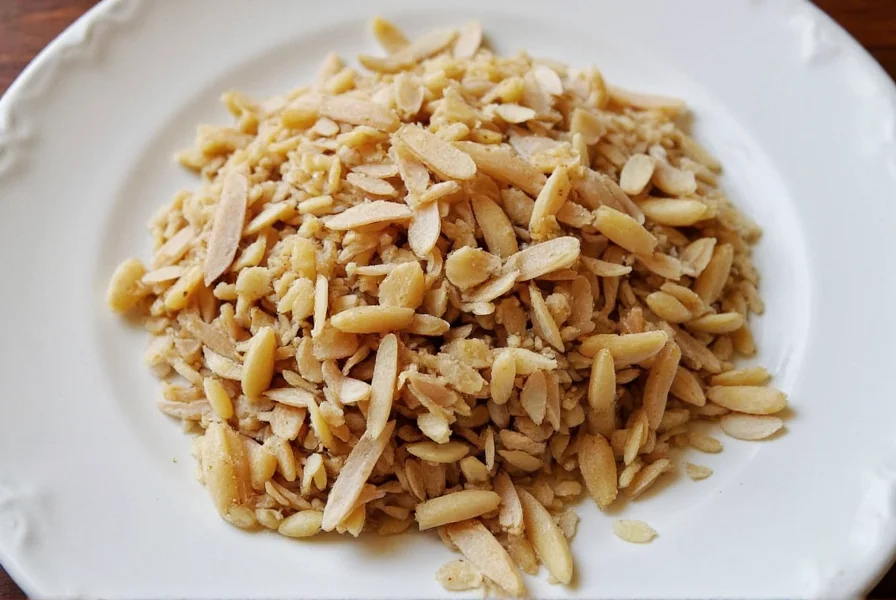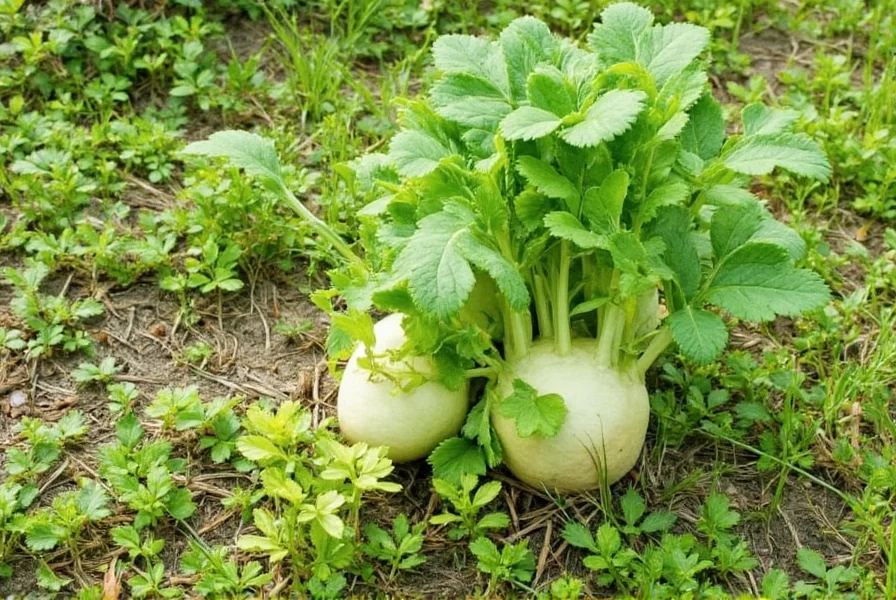Is horseradish a spice? This question has puzzled many home cooks and food enthusiasts. In this guide, we'll explore the science behind horseradish, its classification, and how to use it effectively in your kitchen. Whether you're curious about its botanical classification or want to maximize its flavor potential, this article provides clear, expert-backed answers.
Horseradish is more than just a sinus-clearing condiment—it's a versatile ingredient with unique culinary applications and health benefits. We'll cover everything from its origins to storage tips, buying guide, and creative recipe ideas. Let's dive in!
| Category | Definition | Examples |
|---|---|---|
| Herbs | Typically the leafy green part of aromatic plants used for flavoring | Basil, Thyme, Rosemary, Parsley |
| Spices | Come from roots, bark, seeds, or other non-leaf parts of plants | Cinnamon (bark), Cumin (seeds), Turmeric (root), Ginger (root) |
What Exactly Is Horseradish?

Horseradish is a perennial plant native to southeastern Europe and western Asia, scientifically known as Armoracia rusticana. It belongs to the Brassicaceae family, which includes mustard, wasabi, and cabbage. Its long, white root is the star of the show—used both fresh and prepared to add a sharp, spicy heat to dishes.
Unlike many spices that come from dried seeds, bark, or fruits, horseradish is typically used in its fresh or freshly processed form. When the root is cut or grated, it releases volatile compounds called isothiocyanates, which are responsible for that unmistakable nose-burning sensation.
Is Horseradish a Spice? The Verdict
Yes, horseradish is technically classified as a spice because it comes from the root of the plant. According to botanical definitions, spices are derived from non-leaf parts of plants, including roots, bark, seeds, and fruits. Horseradish fits this definition perfectly as it's harvested from the root.
However, horseradish has unique characteristics that set it apart from traditional spices:
- Botanical Classification: Root-based (spice category)
- Chemical Composition: Contains isothiocyanates (not typical spice compounds like capsaicin)
- Usage Pattern: Primarily used fresh or freshly prepared, not dried and powdered like most spices
- Sensory Experience: Creates a nasal reaction rather than just a tongue sensation
While horseradish might not look or behave like traditional jarred spices, it absolutely qualifies as a spice based on botanical classification and culinary function.
Common Uses and Health Benefits
Horseradish has a rich history of use in both cooking and traditional medicine:
- Culinary Uses: Commonly used in creamy sauces, Bloody Mary cocktails, steak accompaniments, seafood dips, and as a condiment for roast beef
- Nutritional Perks: Low in calories, high in vitamin C, and contains antioxidants and anti-inflammatory compounds
- Medicinal Potential: Historically used to treat respiratory issues, urinary tract infections, and sinus congestion
Just a small amount can add depth and excitement to your meals without packing on the calories—a win-win for health-conscious foodies!
Buying Guide: Choosing the Best Horseradish
Whether you're buying fresh root or prepared sauce, here's how to find quality horseradish:
- Fresh Root: Look for firm, smooth roots without soft spots or blemishes. Longer roots tend to be more potent.
- Prepared Sauce: Check ingredient lists—fewer additives mean purer flavor. Avoid anything with artificial preservatives unless necessary.
- Organic Options: Great for those who want to avoid pesticides and GMOs. Organic roots are perfect for grating yourself.
- Brands to Consider:
- Creamy Classic: Gold's Horseradish – Ideal for creamy sauces and sandwiches.
- Extra Spicy: Wasabi Fusion Extra Strength – For those who love a powerful punch.
- Pure & Natural: Eden Foods Organic Horseradish – Perfect for homemade mixes and sauces.
Storage Tips for Fresh Flavor
To keep horseradish tasting fresh and pungent:
- Fresh Root: Wrap in damp paper towel, store in a plastic bag in the fridge—lasts up to 2 weeks.
- Grated: Mix with vinegar to stabilize the flavor. Store in an airtight container in the fridge for up to a month.
- Freezing: Grate and freeze in ice cube trays with water or oil for easy portioning.
Avoid exposing horseradish to excessive heat or light, which can degrade its potency and flavor over time.
Creative Ways to Use Horseradish in Cooking
Gone are the days when horseradish was only reserved for prime rib or Bloody Marys. Here are some fun ways to get creative:
- Spicy Aioli: Blend with mayo, garlic, lemon juice, and a splash of horseradish for a zesty sandwich spread.
- Deviled Eggs with a Kick: Add a teaspoon to your yolk mixture for a surprise twist.
- Beef Burgers: Swap ketchup with horseradish mayo for bold flavor.
- Roasted Vegetables: Whisk into olive oil before roasting Brussels sprouts or carrots for a tangy upgrade.
- Cocktail Twist: Infuse your Bloody Mary with fresh grated horseradish instead of the pre-made stuff.
Pro Tip: Start with a little—you can always add more later!
Frequently Asked Questions About Horseradish
Is horseradish considered a spice?
Yes, horseradish is technically classified as a spice because it comes from the root of the plant. While it's often used differently than traditional dried spices, it fits the botanical definition of a spice as it's derived from a non-leaf part of the plant.
Why does horseradish make your nose burn but not your mouth like chili peppers?
Horseradish contains volatile compounds called isothiocyanates that vaporize when the root is cut or grated. These compounds travel up through your nasal passages, causing that characteristic sinus-clearing sensation. Unlike capsaicin in chili peppers that affects tongue receptors, horseradish's compounds primarily affect nasal receptors.
How is horseradish different from wasabi?
True wasabi comes from a different plant (Wasabia japonica) and is much more expensive and rare. Most "wasabi" served outside Japan is actually horseradish dyed green. Real wasabi has a more complex flavor that fades quickly, while horseradish provides a stronger, longer-lasting heat.
How long does fresh horseradish last?
When stored properly (wrapped in a damp paper towel in a plastic bag in the refrigerator), fresh horseradish root can last 2-3 weeks. Prepared horseradish with vinegar can stay fresh for several months in the refrigerator.
Can you eat horseradish raw?
Yes, horseradish is typically consumed raw. The heat and pungency develop when the root is cut or grated, which releases the enzyme that creates the spicy compounds. Cooking horseradish diminishes its strong flavor.
What are the health benefits of horseradish?
Horseradish contains antioxidants, vitamin C, and compounds with anti-inflammatory properties. It has been traditionally used to help clear sinuses, support respiratory health, and may have antibacterial properties. It's also very low in calories.
Why does prepared horseradish contain vinegar?
Vinegar stabilizes the enzymatic reaction that creates horseradish's heat. Without vinegar, freshly grated horseradish would continue to get stronger until it eventually loses potency. The vinegar locks in the desired level of heat.
Conclusion: Horseradish—More Than Just a Nose-Tickler

So, is horseradish a spice? Absolutely—it fits the botanical definition based on its origin, use, and culinary function. While it might act more like a hot condiment than a traditional spice, don't underestimate its flavor-punch or versatility in the kitchen.
Whether you're adding it to sauces, rubs, or cocktails, horseradish brings a boldness that few other ingredients can match. Now that you know how to buy, store, and use it effectively, go ahead and experiment. Your taste buds—and maybe your sinuses—will thank you!
Stay spicy, stay curious, and never shy away from a bit of nose-clearing joy!










 浙公网安备
33010002000092号
浙公网安备
33010002000092号 浙B2-20120091-4
浙B2-20120091-4